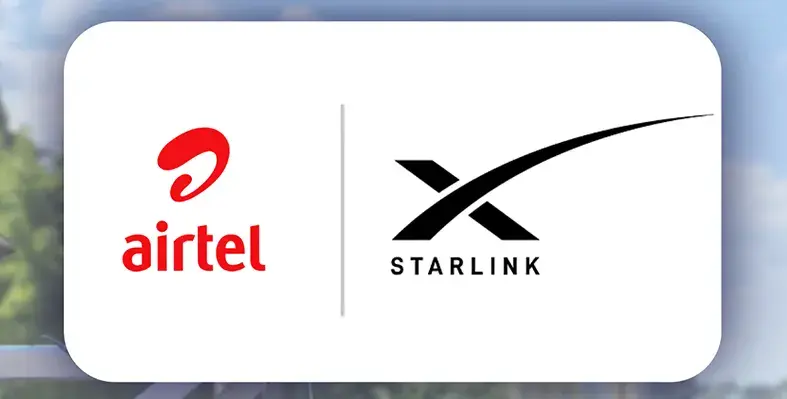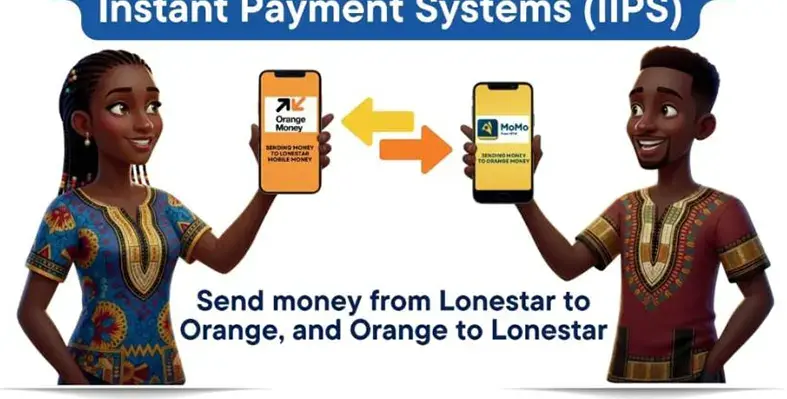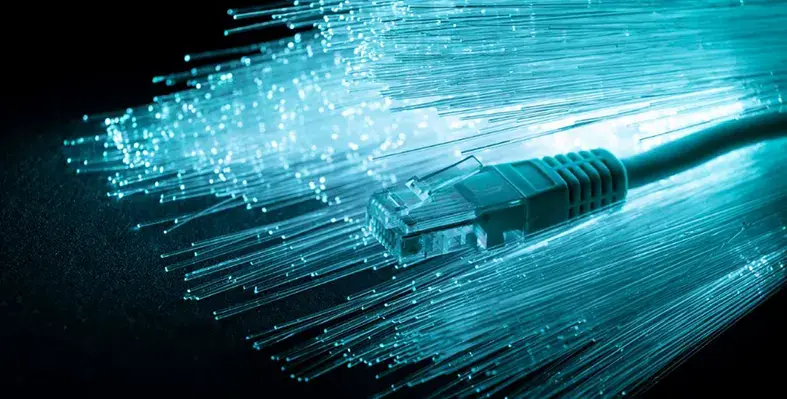The GSMA, a global organisation connecting the mobile ecosystem, has released its 'State of Mobile Internet Connectivity 2024 report', revealing that 43% of the global population still do not use mobile internet
Despite consistent annual growth in users, progress has slowed. In 2023, 160 million people started using mobile internet, bringing the total number of users to 4.6 billion, a figure similar to the previous year. However, this marks a slowdown from the 2015-2021 period, when more than 200 million new users were added each year.
According to the report, 350mn people, or 4% of the global population, live in remote areas without access to mobile internet, while 3.1bn people (39%) live within coverage but do not use the service, creating a substantial "usage gap." This gap remains the biggest challenge in expanding internet access.
The GSMA report, funded by the UK Foreign, Commonwealth and Development Office (FCDO) and the Swedish International Development Cooperation Agency (Sida), estimates that getting the unconnected population online could add US$3.5 trillion to the global economy between 2023 and 2030, with most of the benefits impacting low- and middle-income countries (LMICs). However, closing this gap will require an estimated US$418bn in infrastructure investment to achieve universal mobile internet access.
Africa: Least connected region
Only 27% of the region’s population uses mobile internet, leaving a 13% coverage gap and a massive 60% usage gap, indicating that many live within mobile internet coverage areas but do not use the service.
A key obstacle is affordability. In low- and middle-income countries (LMICs), entry-level internet-enabled devices cost around 18% of average monthly income, but in Sub-Saharan Africa, this figure skyrockets to 99% for the poorest 20% of the population. This makes mobile internet devices out of reach for a significant portion of the population.
The usage gap is also fueled by low digital literacy and lack of relevant local content. The report estimates that closing the usage gap in Africa could contribute an estimated US$3.5 trillion to the global economy by 2030, with 90% of that impact benefiting LMICs. However, bridging this gap requires significant investment in infrastructure—around us$418bn is needed to achieve universal mobile internet access.
In addition, nearly two-thirds of mobile internet users in Sub-Saharan Africa still rely on 3G smartphones or feature phones, limiting their ability to fully engage with digital services. The region’s infrastructure must evolve to offer affordable 4G and 5G connectivity, alongside efforts to improve digital skills.
John Giusti, chief regulatory officer at the GSMA, said, “Despite continued progress in expanding the reach of network infrastructure and in increasing mobile internet adoption, significant digital divides remain."
“Although most users access mobile internet daily, their activities are often limited to just one or two activities, even though many express a desire to do more. This highlights persistent barriers to enabling meaningful connectivity, preventing users from getting online and getting the full benefits of the mobile internet."























